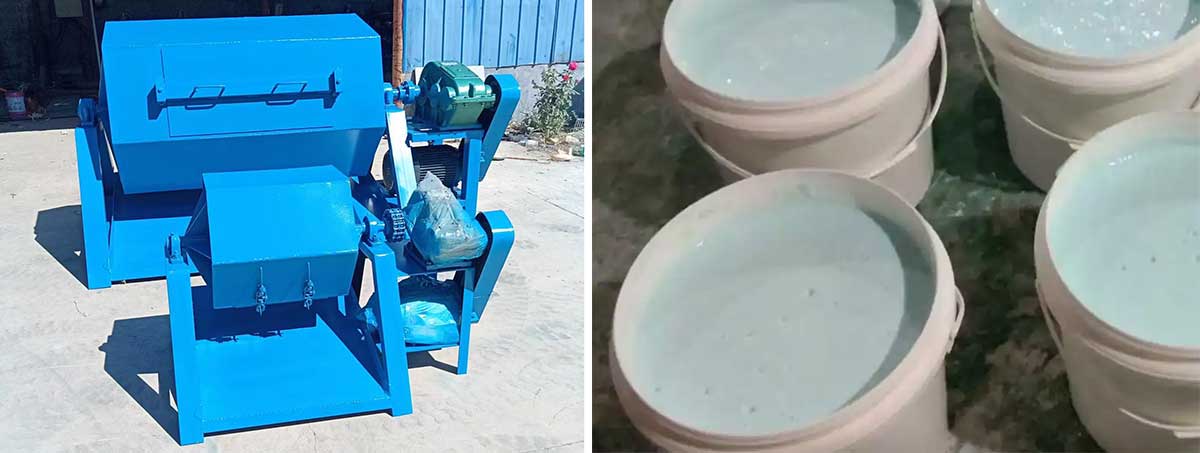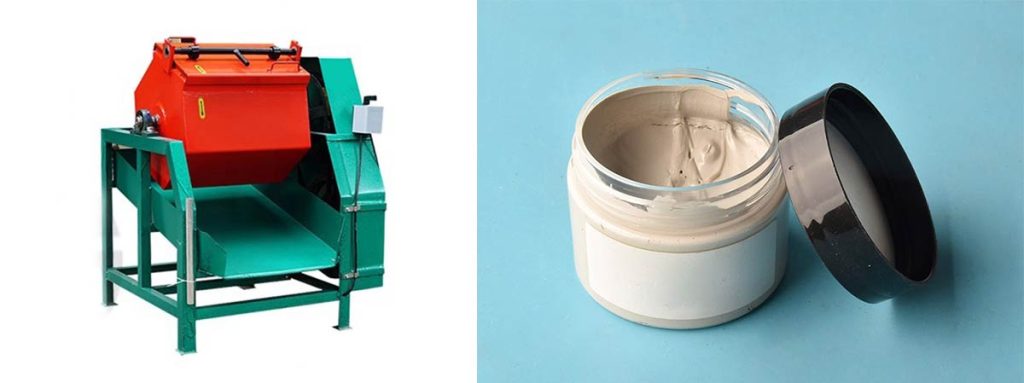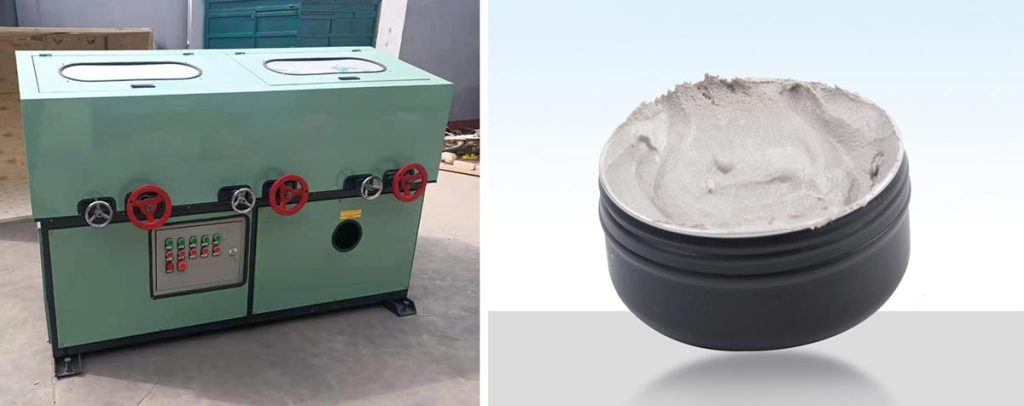

Choosing the appropriate polisher compound is crucial for medical device metals. It guarantees a smooth surface, minimizing the risk of contamination while boosting the device’s overall performance. The right polisher compound also enhances durability by protecting against surface damage and wear. Adhering to safety and regulatory standards requires the use of compounds that meet stringent medical-grade specifications.
Using the wrong polisher compound can result in corrosion, uneven finishes, or compromised biocompatibility, which could endanger patient safety and impair the device’s functionality. Thoughtful selection of the polishing process ensures both quality and compliance are maintained.
Key Takeaways
- Picking the right polisher compound is important. It makes medical device metals smooth, lowers contamination risks, and improves how they work.
- Choose compounds based on the metal type. Use abrasive compounds for hard metals and non-abrasive ones for soft metals to prevent harm.
- Think about the finish you want. Shiny finishes look nice, while dull finishes reduce glare and are easier to clean.
- Follow FDA and ISO rules. Use safe, non-toxic compounds to protect patients and keep devices working well.
- Test compounds on small metal samples first. This checks if they work and avoids big mistakes during production.
Understanding Polisher Compound for Medical Device Metals
What Is Polisher Compound?
A polisher compound is a material used during the polishing process to refine and smooth the surface of metals. It plays a crucial role in removing imperfections, scratches, and stains from medical device metals. These compounds are formulated to achieve specific finishes, ranging from matte to high-gloss, depending on the application. Manufacturers often select compounds based on their compatibility with the metal being polished and the desired outcome.
Importance of Polishing in Medical Device Manufacturing
Polishing is essential in medical device manufacturing for both functional and aesthetic reasons by using industrial polishing machine. It ensures that surfaces are smooth and free of burrs or sharp edges, which is critical for biocompatibility and patient safety.
Polishing improves safety and functionality by eliminating surface imperfections and creating a sanitary finish. Smooth surfaces are easier to clean, reducing contamination risks.
| Key Benefit | Description |
|---|---|
| Surface Quality Improvement | Electropolishing provides a high-quality, sanitary surface finish that enhances fit and function. |
| Compliance with Regulations | Addresses varying finishing needs to meet industry regulations. |
| Better Patient Outcomes | Contributes to improved outcomes for patients using medical devices. |
Polishing also enhances the mechanical properties of metals, ensuring durability and reliability. This process is vital for meeting stringent medical standards and improving patient outcomes.
Types of Polishing Compound
Abrasive Polishing Compound
Abrasive compounds are designed to remove material from the surface of metals through grinding. These compounds are ideal for eliminating deep scratches and achieving a uniform finish. They are commonly used in the initial stages of metal polishing.
Non-Abrasive Polishing Compound
Non-abrasive compounds focus on refining the surface without removing significant material. These compounds are suitable for achieving a smooth, high-gloss finish. They are often used in the final stages of polishing to enhance the appearance and functionality of medical devices.
Specialty Compounds for Medical Application

Specialty compounds are tailored for specific medical applications. For instance, medical cob media, free of animal fats, is ideal for high-polish finishes. Porcelain media is used for polishing small parts like bone screws, where precision is critical. Recent advancements have introduced compounds designed for metals like stainless steel and titanium, enabling manufacturers to meet diverse finishing requirements.
Key Factors for Choosing the Right Polisher Compound
Material Compatibility
Matching Compounds to Metal Types
Selecting the correct polisher compound depends on the type of metal being polished. Stainless steel, titanium, and cobalt-chromium alloys are common in medical devices, each requiring specific compounds. For instance, abrasive compounds work well for grinding harder metals like stainless steel, while softer metals benefit from non-abrasive compounds to avoid surface damage. Matching the compound to the metal ensures optimal results and prevents unnecessary wear during polishing.
Preventing Corrosion and Surface Damage
Improper compound selection can lead to corrosion or surface defects. Medical device metals must maintain their integrity to ensure safety and durability. Polishing compounds designed for medical applications often include anti-corrosion properties, which protect the metal from oxidation. This is especially important for devices exposed to bodily fluids or sterilization processes. Using the right compound minimizes the risk of surface damage, preserving the device’s functionality and appearance.
Desired Finish
High-Gloss vs. Matte Finishes
The choice between high-gloss and matte finishes depends on the device’s intended use. High-gloss finishes provide a reflective, polished look, enhancing the device’s aesthetic appeal. However, matte finishes offer several functional advantages:
- Reduced glare, which is critical in surgical settings.
- Improved durability, as matte surfaces resist scratches better.
- Enhanced hygiene, with easier cleaning and sterilization.
- Increased safety, as non-reflective surfaces prevent distractions during procedures.
Functional vs. Aesthetic Requirements
Polishing serves both functional and aesthetic purposes. Functionally, it improves surface quality by removing burrs and imperfections, ensuring biocompatibility and durability. Aesthetically, polishing enhances the device’s appearance, instilling confidence in users. For example, deburring and grinding processes refine the surface, reducing contamination risks while improving the device’s longevity. Manufacturers must balance these requirements to meet both regulatory standards and user expectations.
Safety and Regulatory Standards
FDA and ISO Compliance
Medical devices must adhere to strict safety and regulatory standards. Polisher compounds used in manufacturing must comply with FDA and ISO guidelines to ensure patient safety. These standards mandate the use of biocompatible materials and processes that do not compromise the device’s integrity. Manufacturers should verify that their chosen compounds meet these requirements to avoid compliance issues.
Ensuring Biocompatibility and Safety
Biocompatibility is a critical factor in medical device manufacturing. Polisher compounds must not introduce harmful residues or compromise the metal’s surface. Non-toxic and biocompatible compounds are essential for ensuring patient safety. Proper handling and disposal of these compounds also play a role in maintaining a safe manufacturing environment.
Efficiency and Performance
Speed and Effectiveness of Polishing
The speed and effectiveness of polishing play a significant role in medical device manufacturing. A high-performing polishing compound ensures faster results without compromising the surface quality of the metal. Manufacturers often prioritize compounds that can efficiently remove imperfections, scratches, and residues during metal polishing.
Abrasive compounds excel in the initial stages of grinding, where removing material quickly is essential. These compounds work well for metals like stainless steel, which require robust grinding to achieve a uniform finish. Non-abrasive compounds, on the other hand, are ideal for refining the surface in the final stages. They deliver a smooth, polished appearance while maintaining the integrity of the metal.
Polisher compounds designed for medical applications often combine speed with precision. This balance ensures that the polishing process meets both functional and aesthetic requirements. Faster polishing reduces production time, enabling manufacturers to meet tight deadlines without sacrificing quality.
Cost-Effectiveness and Longevity of Compounds
Cost-effectiveness is another critical factor when selecting a polisher compound. Manufacturers must consider the longevity of the compound and its ability to maintain performance over multiple uses. High-quality compounds may have a higher upfront cost but often prove more economical in the long run.
Durable compounds reduce the need for frequent replacements, saving both time and resources. For example, specialty compounds designed for medical device metals often last longer due to their advanced formulations. These compounds resist breakdown during grinding and polishing, ensuring consistent results over extended periods.
The choice of compound also impacts the overall cost of the polishing process. Efficient compounds minimize waste and reduce the risk of surface damage, which can lead to costly repairs or replacements. By investing in reliable compounds, manufacturers can achieve superior surface quality while optimizing their production budgets.
Tip: Evaluate the performance and durability of a polisher compound through small-scale testing before committing to large-scale use. This approach helps identify the most cost-effective option for specific metals and applications.
Practical Tips for Testing and Evaluating Polisher Compound
Conducting Material Compatibility Tests
Testing on Sample Metals
Testing a polisher compound on sample metals helps manufacturers evaluate its effectiveness. This step ensures the compound matches the metal’s properties and achieves the desired results. For example, abrasive compounds work well for grinding harder metals like stainless steel, while softer metals require non-abrasive compounds to avoid damage. Testing on small samples minimizes risks and prevents costly errors during large-scale production.
Evaluating Surface Integrity and Finish
After testing, manufacturers should inspect the metal surface finish for imperfections. A high-quality polishing compound should remove scratches and leave a smooth, uniform surface. Evaluating the finish ensures the compound meets both functional and aesthetic requirements. For medical devices, this step is critical to maintaining biocompatibility and safety.
Consulting Manufacturer Guidelines
Recommendations for Specific Metals
Manufacturers often provide guidelines for using polisher compounds on specific metals. These recommendations help users select the most effective compound for their needs. For instance:
- Polinoxx Compound for Stainless Steel & Titanium: Ideal for achieving a flawless finish on stainless steel and titanium.
- Diamond Polishing: Effective for titanium alloys, offering a smooth and precise finish.
- Electropolishing: Enhances corrosion resistance and creates a glossy surface, suitable for medical devices.
Prioritizing Safety and Environmental Considerations
Using Non-Toxic and Biocompatible Compounds

Non-toxic and biocompatible compounds offer several benefits for medical device manufacturing. These include:
- Corrosion resistance for long-lasting performance.
- Antimicrobial properties for improved sanitation.
- Enhanced aesthetics and durability.
| Benefit | Description |
|---|---|
| Clean, sanitary surface | Ensures hygiene and safety for medical use. |
| Improved microfinish | Provides a smoother surface for better performance. |
| Fatigue life improvement | Increases the longevity of the device. |
Proper Handling and Disposal Practices
Proper handling of polishing compounds ensures worker safety and environmental protection. Manufacturers should follow disposal guidelines to prevent contamination. Using eco-friendly compounds reduces environmental impact while maintaining compliance with regulations.
Tip: Always store compounds in a cool, dry place to preserve their effectiveness and longevity.
Conclusion
Selecting the right polisher compound ensures medical device metals meet safety, durability, and performance standards. Proper compound selection enhances material compatibility, achieves the desired finish, and complies with regulatory requirements. It also improves efficiency during grinding and polishing processes.
The long-term benefits of using the correct compound include:
- Enhanced overall part performance
- Improved reliability and safety for patients and providers
- Corrosion resistance and antimicrobial properties
- Strength, durability, and biocompatibility
- Superior aesthetics
Testing compounds on sample metals and consulting manufacturer guidelines help manufacturers make informed decisions. These steps ensure the polisher compound delivers optimal results while maintaining safety and compliance.
